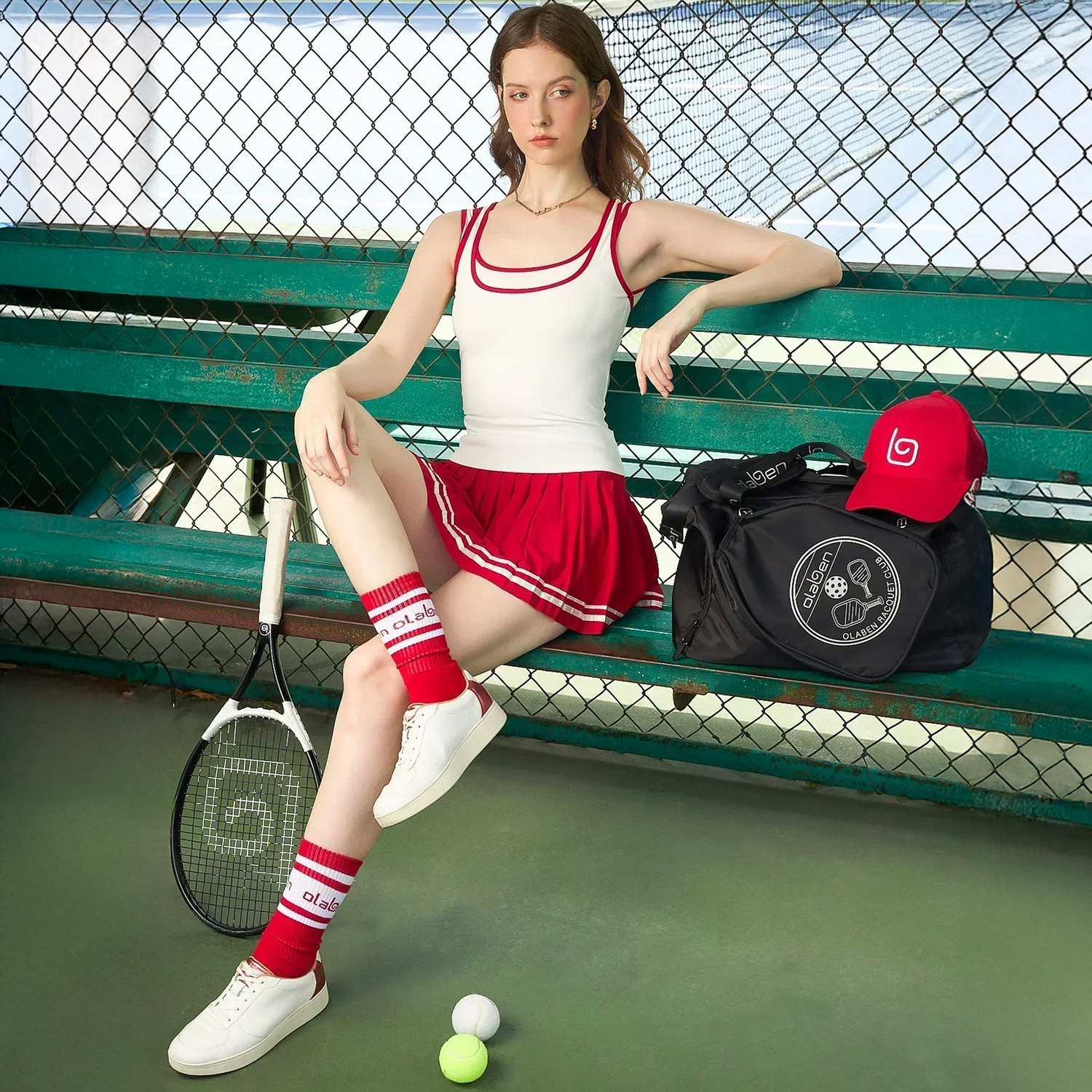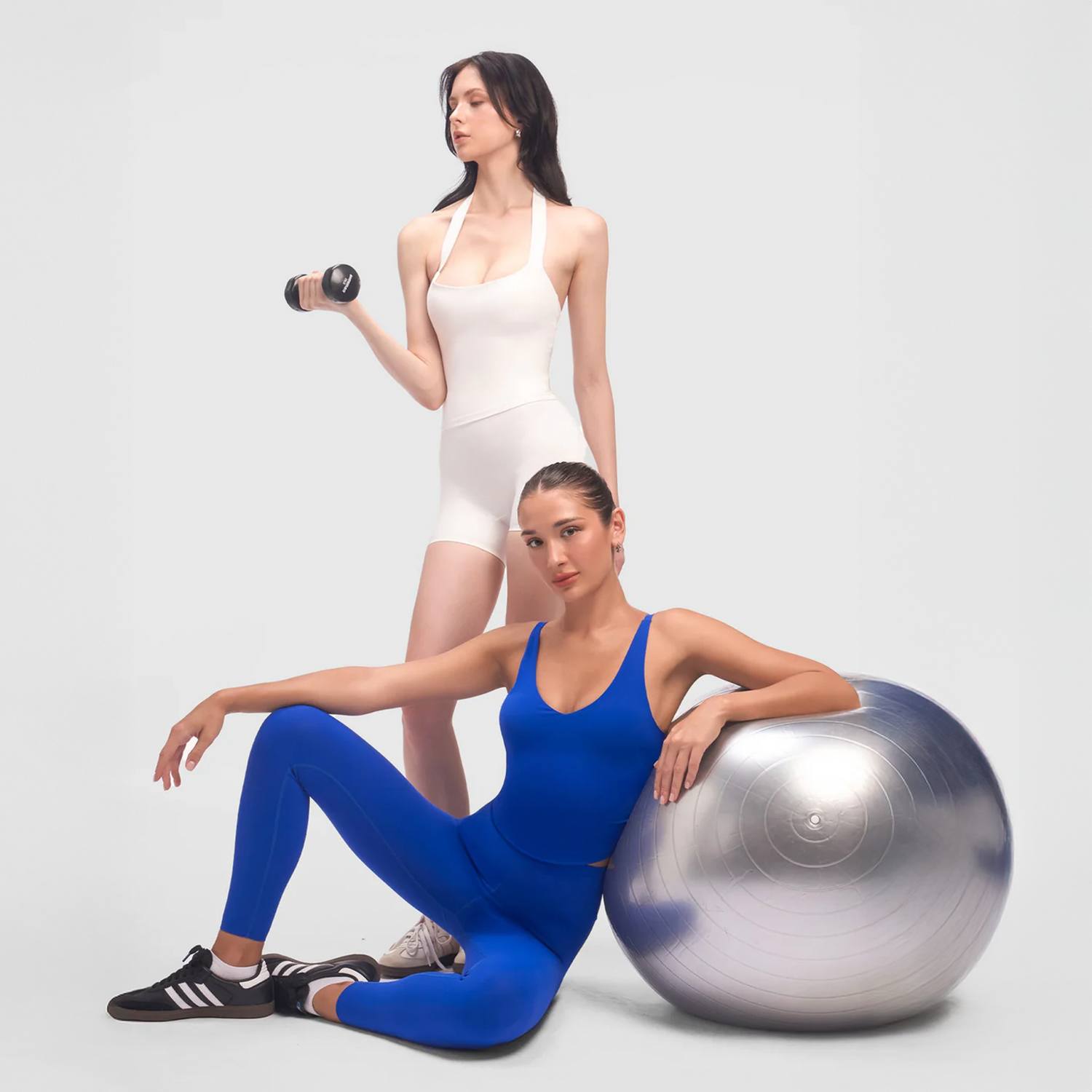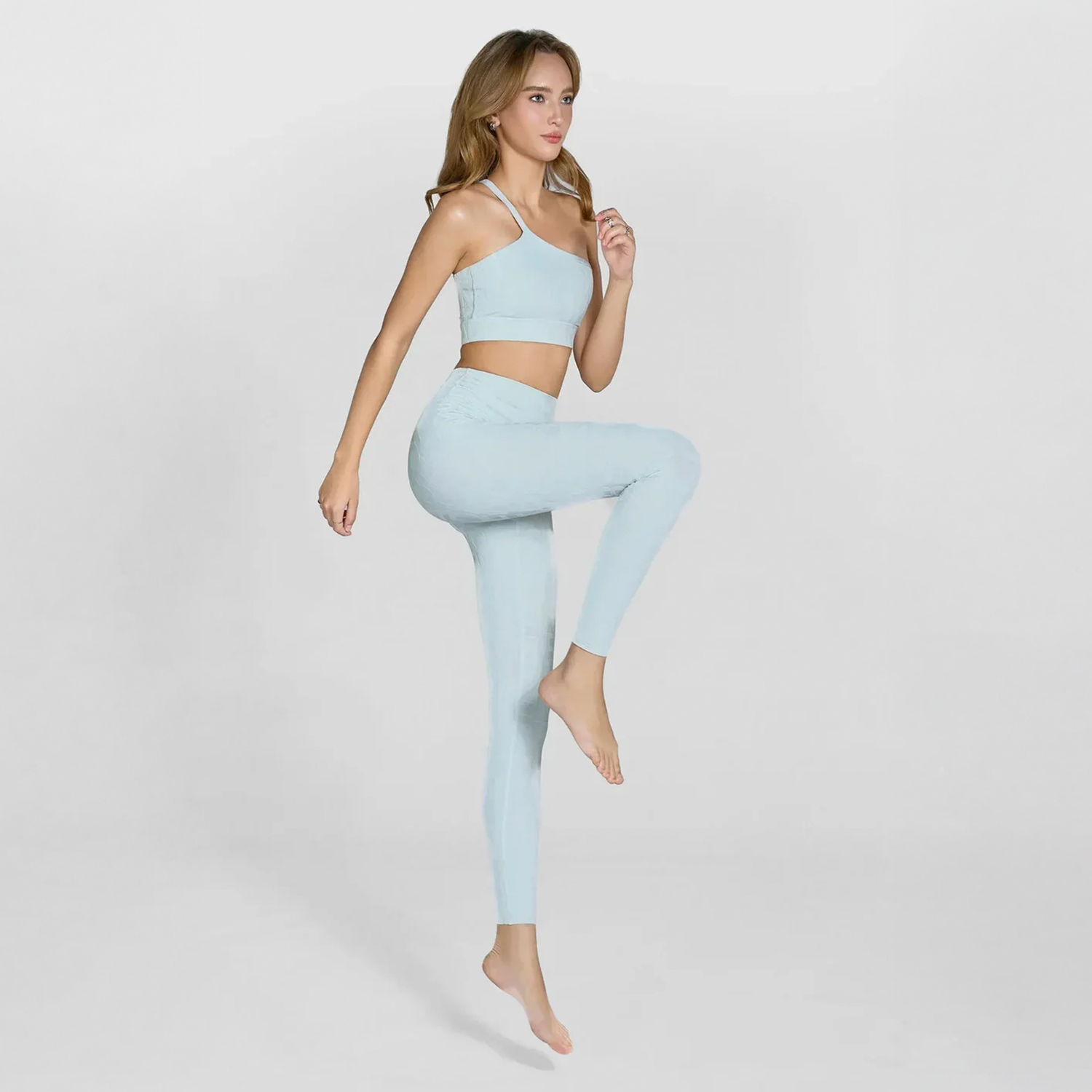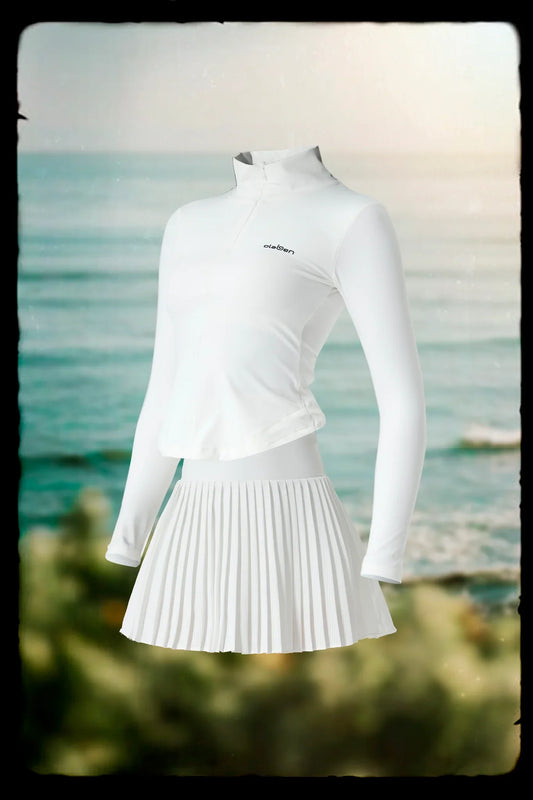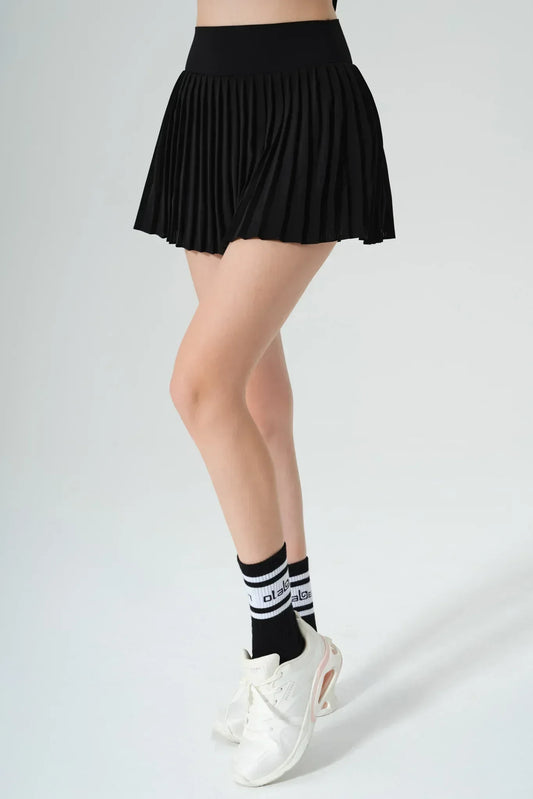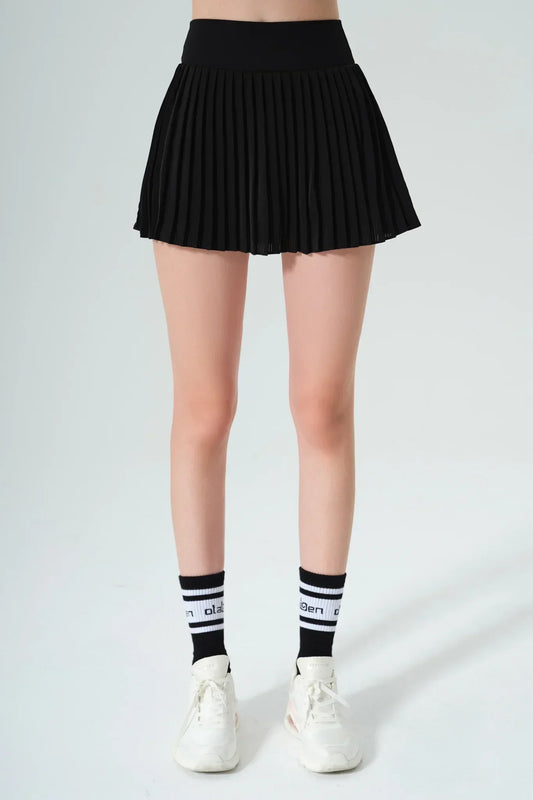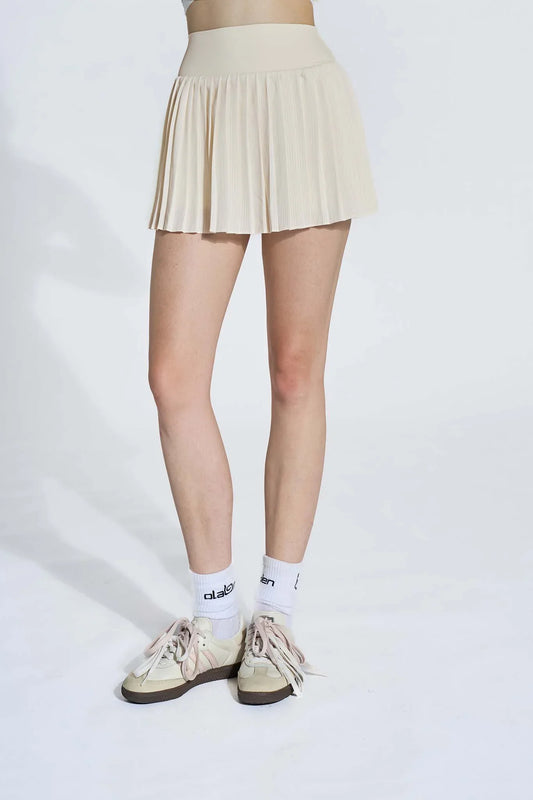Pilates has become one of the most popular fitness disciplines thanks to its ability to strengthen muscles, improve posture, and enhance mental well-being. However, one of the most common questions beginners ask is: how much does a Pilates class cost?
Let Olaben guide you through the detailed Pilates training costs in major cities such as Hanoi, Ho Chi Minh City, and Da Nang — and help you choose a high-quality studio that fits your goals and budget!
1. Current Pilates Prices in Vietnam
In Hanoi
In Hanoi, Pilates classes are typically divided into two types: mat-based (Mat Pilates) and equipment-based (Reformer, Cadillac, Wunda Chair, etc.).
- For mat classes without equipment, prices usually range from 150,000 – 300,000 VND per session.
- Classes using professional equipment cost around 250,000 – 500,000 VND per session.
- For one-on-one private sessions, the rate is approximately 1,000,000 VND per session.
Each class usually lasts 60 to 90 minutes, depending on the studio and training program.

In Ho Chi Minh City
Due to higher rental and operational costs, Pilates prices in Ho Chi Minh City are slightly higher than in Hanoi.
- Mat Pilates classes typically cost around 200,000 – 400,000 VND per session.
- Equipment-based classes range from 300,000 – 550,000 VND per session.
- Private training sessions with personal instructors cost about 900,000 – 1,500,000 VND per session.
Many studios in Ho Chi Minh City offer discounts for long-term packages. By purchasing 12, 24, or 36-session packages, you can save 10–30% compared to individual sessions — a great way to maintain consistency while saving costs.
In Da Nang
Pilates has been rapidly growing in Da Nang in recent years, with more studios opening across the city.
- Group classes range from 150,000 – 550,000 VND per session, depending on the class type and size.
- Private sessions (one-on-one) typically cost 700,000 – 1,000,000 VND per session.
Overall, Pilates prices in Vietnam vary depending on class format, location, and studio quality. While Pilates may require a higher investment than some other workouts, the long-term health and wellness benefits make it well worth the cost.
2. Factors That Affect Pilates Prices
The price of a Pilates class can vary greatly depending on several key factors:
- Type of class: Pilates is commonly offered in two formats — Mat Pilates (floor-based) and Reformer Pilates (machine-based). Mat Pilates only requires basic equipment such as mats, balls, and resistance bands, making it more affordable. Reformer Pilates involves specialized machines and requires instructors with advanced certification, which increases the cost.
- Class format: Group sessions are the most popular option as they’re affordable and motivating. However, if you prefer personalized guidance with adjustments tailored to your body and goals, private classes are ideal — though more expensive.
- Instructor qualifications: Instructors with international certifications (such as STOTT, BASI, or Polestar) typically charge higher rates due to their advanced expertise and experience. They can design customized programs suited to different fitness levels or recovery needs.
- Facilities and brand reputation: Premium studios often invest in modern equipment, spacious and clean environments, and personalized customer service. While more expensive, they provide a professional and comfortable training experience.
- Location: Pilates studios in major cities like Hanoi and Ho Chi Minh City generally charge 20–30% more due to higher living and rental costs.

3. How to Choose a Quality Pilates Studio
If you’re comparing multiple studios and aren’t sure where to start, here are a few essential tips to help you make the right choice:
1. Choose a reputable brand with consistent operations
Opt for studios with positive student reviews, a solid reputation, and established operations. Well-known studios typically have certified instructors, safe environments, and effective training programs.
2. Ensure the equipment is modern and well-maintained
A professional Pilates studio should have clean, well-maintained equipment such as mats, Pilates balls, dumbbells, rollers, resistance bands, and machines like the Reformer, Ladder Barrel, and Cadillac. Regular maintenance and sanitation ensure both safety and comfort during workouts.
3. Look for a spacious, quiet, and well-ventilated environment
Pilates focuses heavily on breathing and body awareness. Therefore, a calm, clean space with natural lighting and good air circulation helps you relax and achieve optimal results.
4. Work with skilled and certified instructors
Instructors play a key role in your Pilates journey. Choose certified trainers who understand anatomy, can adjust postures safely, and guide you with care. A great instructor not only helps you practice correctly but also motivates you to stay consistent.

Conclusion
Pilates is a holistic journey that strengthens both body and mind, helping you build flexibility, balance, and confidence. Investing in quality Pilates training is an investment in your long-term health and well-being.
Once you’ve found the right studio, don’t forget to prepare suitable workout apparel. Comfortable, stretchy, and breathable clothing will help you move freely and stay focused on every motion.
Olaben recommends pairing a supportive women’s sports bra with a pair of figure-hugging leggings made from soft, moisture-wicking fabric. These outfits not only support your body during each session but also help you feel confident and comfortable throughout your Pilates practice.
Let Olaben accompany you on your Pilates journey — embracing an active, balanced, and empowering lifestyle every day.


